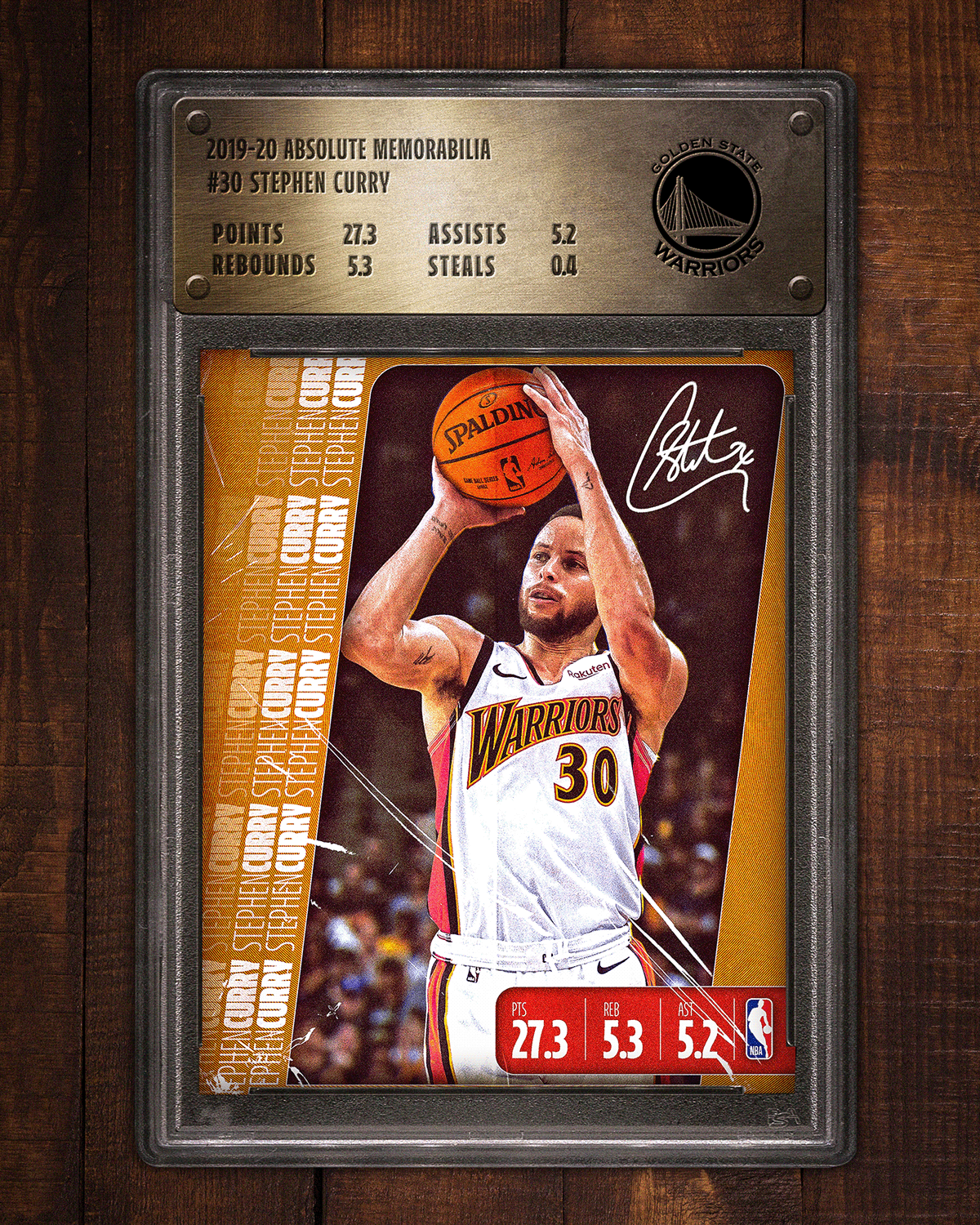The world of NBA basketball cards is evolving into a burgeoning investment avenue, attracting collectors and investors alike. With the rise of the digital marketplace, the potential for long-term growth in this niche is becoming increasingly clear. As more fans become interested in not just the game but the memorabilia surrounding it, understanding the strategies behind investing in basketball cards is essential for maximizing returns. For seasoned investors and newcomers, the key lies in discerning which cards hold value, the best times to buy and sell, and the overall market trends that can influence the value of cards over time. From iconic rookie cards to unique limited editions, the landscape of NBA basketball card investment is rich with opportunities.
Engaging in this investment strategy requires a blend of market knowledge, passion for the sport, and an understanding of the cultural significance of certain players and moments. With numerous platforms for buying, selling, and trading cards, the avenues for participation are vast. However, it is crucial to approach this investment with a strategic mindset to ensure sustainable growth and mitigate potential risks.
As we delve deeper into NBA basketball card investment strategies for long-term growth, we will explore various aspects such as what makes a card valuable, the significance of player performance, the impact of grading, and how to build a diverse collection. With the right insights and careful planning, investors can navigate this exciting market successfully.
Read also:Exploring Lee Ingleby Movies A Journey Through Talent And Versatility
What Are the Key Factors Influencing Card Value?
When investing in NBA basketball cards, several key factors can significantly affect a card's value:
- Player Popularity: Cards of star players and legends tend to appreciate more than those of lesser-known athletes.
- Rarity: Limited edition cards or those from specific sets can hold higher value due to their scarcity.
- Condition: The physical condition of the card, rated by grading companies, plays a crucial role in determining value.
- Historical Significance: Cards linked to historic moments, such as championship wins or record-breaking performances, often see increased demand.
How to Assess the Market Trends?
Understanding market trends is essential for making informed investment decisions. Here are some strategies to assess the market:
- Follow NBA news and player performance statistics.
- Monitor auction sites and marketplaces for recent sales.
- Join online forums and social media groups dedicated to card collecting.
- Keep track of price guides and grading reports.
What Role Does Grading Play in Investment?
Grading is a critical component in determining a card's market value. Cards graded by reputable companies (like PSA or BGS) tend to sell for higher prices. Here’s why grading matters:
- Provides a standardized assessment of a card's condition.
- Increases buyer confidence and trust in the transaction.
- Can significantly affect resale value.
What Are the Best Types of Cards to Invest In?
Investors should consider various types of cards for long-term growth:
- Rookie Cards: Cards from a player's rookie season often appreciate as the player’s career progresses.
- Autographed Cards: Signed cards are sought after and can see substantial appreciation.
- Limited Edition Cards: Cards released in smaller quantities often have higher demand.
- Vintage Cards: Vintage cards from the early days of the NBA can be valuable due to their rarity.
How to Build a Diverse Collection?
A well-rounded collection can help mitigate risks and enhance potential returns. Here are some tips for building a diverse collection:
- Invest in a mix of players from different eras.
- Include cards from various sets and manufacturers.
- Consider diversifying between player types (stars, role players, rookies).
- Stay updated on trends and emerging players.
What Mistakes Should Investors Avoid?
Like any investment, there are common pitfalls to avoid in the basketball card market:
Read also:Discover The Enchanting World Of White Dolphins Natures Majestic Marvels
- Overpaying: Ensure you research market values before purchasing to avoid paying too much.
- Neglecting Condition: Always consider a card’s condition; even minor flaws can impact value.
- Chasing Trends: Avoid investing solely based on current trends; focus on long-term value.
How to Stay Informed and Engaged?
Staying informed and engaged with the basketball card community is vital for long-term success in your investment journey. Here’s how to do it:
- Subscribe to investment newsletters focused on sports cards.
- Participate in local card shows and conventions.
- Follow social media accounts of industry experts and influencers.
- Join online communities and forums to share insights and strategies.
Conclusion: How Can You Maximize Your NBA Basketball Card Investments?
In conclusion, understanding NBA basketball card investment strategies for long-term growth requires a comprehensive approach that blends market knowledge, strategic thinking, and a passion for the sport. By assessing factors influencing value, understanding grading, diversifying collections, and avoiding common mistakes, investors can position themselves for success. As the market continues to evolve, staying engaged and informed will be crucial in navigating this exciting investment landscape.
| Player Name | Team | Position | Rookie Year | Notable Achievements |
|---|---|---|---|---|
| Michael Jordan | Chicago Bulls | Shooting Guard | 1984 | 6× NBA Champion, 5× MVP |
| LeBron James | Los Angeles Lakers | Small Forward | 2003 | 4× NBA Champion, 4× MVP |
| Stephen Curry | Golden State Warriors | Point Guard | 2009 | 3× NBA Champion, 2× MVP |


